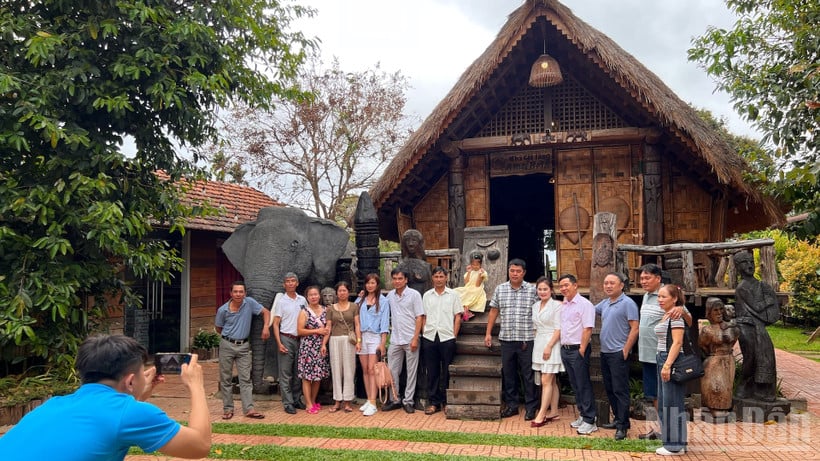
Ako Dhong village in Ede language means a village located in the upstream area. In addition, the village also has other names including Co Thon village according to the Kinh people, or Ama H'rin village - the name of the village elder who contributed to the development of this land. Since 2023, Ako Dhong has been announced by Dak Lak province as the first community tourism village, with traditional identity placed in the center.
Along the spacious main road, about 30 Ede long houses, 12 to 25 meters long, lie next to each other, dark brown wood color, long shape, hidden in lush green gardens.
A day walking in Ako Dhông helps travelers fully experience the matriarchal spirit, indigenous cuisine and unique cultural space of the Central Highlands preserved through many generations.
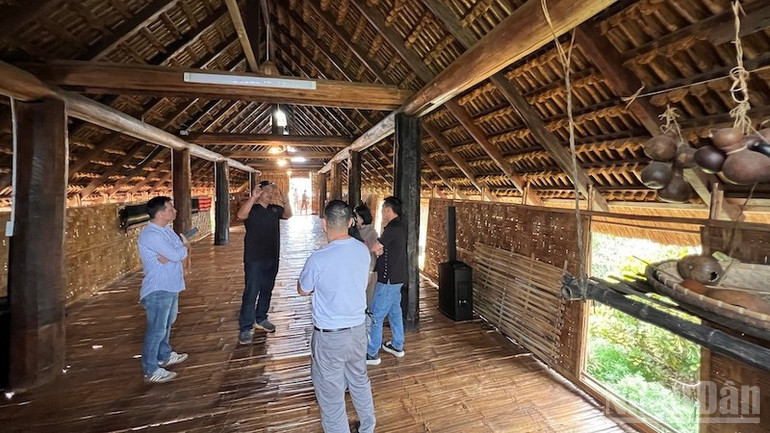
A day of experience at Ako Dhông usually begins early in the morning, when visitors stroll through the wooden sculpture garden, admire flowers and enjoy a cup of aromatic highland coffee at the Ama H'rin longhouse, chatting with the next generation of the village elder to better understand the history of the village and how the Ede people develop tourism based on their identity.
Mr. Y Nuel Nie (Ama Jenny), son-in-law of Mr. Ama H'rin and currently running the culinary culture space named after the village elder, enthusiastically shared about every detail in the long house: the mother staircase with the shape of a milk jug and a crescent moon; the guest room (gah) where the jar of rice wine, the gong set, and the fire stove are placed; and the living room (ok) divided into many small compartments for the families of daughters in the past to live together.
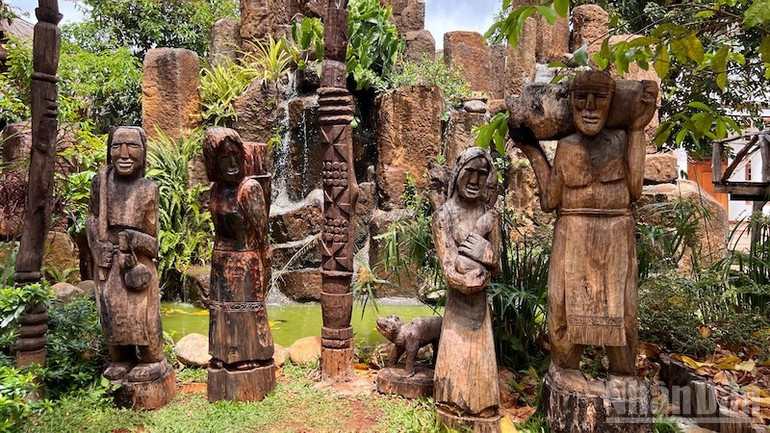
Ama Jenny said that there was a period when the long house was “concretized” for many reasons. But tourists prefer rusticity over cement and metal, so Ama H’rin’s descendants have put all their efforts into rebuilding the traditional long house with the most natural materials possible. It cannot be said to be completely original, but each pillar and wall layer has been carefully selected, demonstrating the spirit of respecting one’s roots.
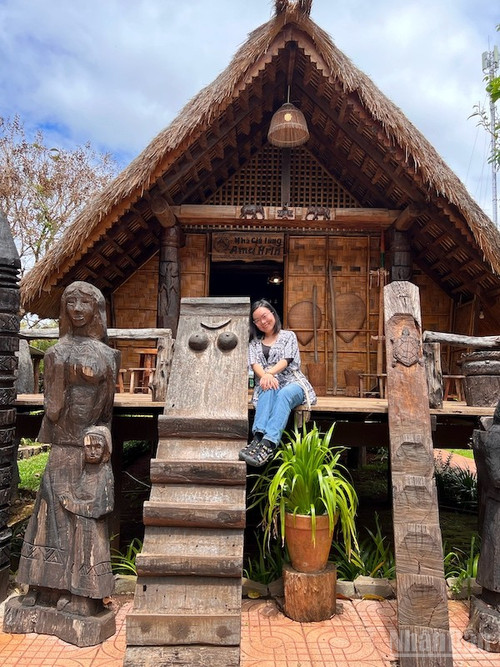
Lunch is the ideal time to enjoy local cuisine at ethnic restaurants such as Le Na, M'Nga Tang Bi, Ama Vina or Arul House...
Located right at the entrance of the village, Ms. H'Len Nie's Arul House is not only a place to rest and eat, but also a miniature "museum" of Ede culture. According to the matriarchal system, she is the heir to the family's long house. After many years of studying and working far away, she returned to restore the old long house, opening a culinary cultural space with more than 90% of the staff being local Ede youth, creating a sustainable livelihood.
The culinary menu at Arul House is seasonal, following the long-standing tradition of the Ede people and associated with local products: grilled beef, grilled chicken, bitter eggplant soup, wild vegetables with yellow ant salt, steamed stream fish with wild leaves...
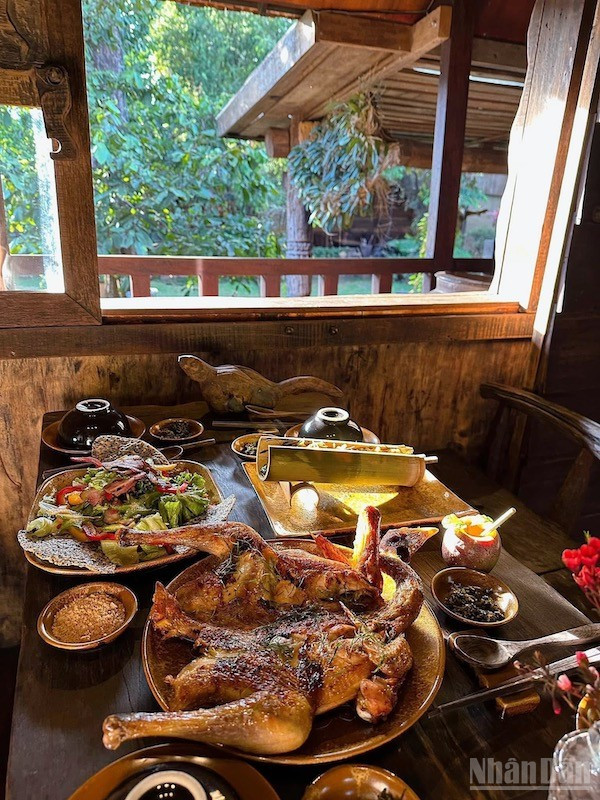
In the afternoon, visitors can meet the village's traditional keepers at their homes: the storyteller Y Won Knul (Ama Nhien) with a deep voice and a passion for researching and preserving the Ede epic; the Meritorious Artisan Y Bhiông (Ama H'Loan) who crafts traditional musical instruments; or Ms. H'Min Nie with her colorful brocade weaving loom. Each person has a different profession, but they all share the same pride in their ethnic culture and the desire to pass it on to the younger generation.
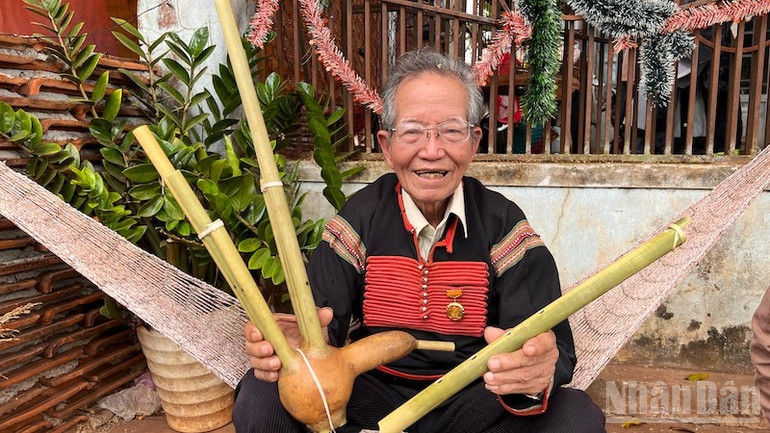
Ms. H'Min Nie's brocade weaving workshop attracts many visitors, especially female visitors of all ages. On a compact loom, she skillfully creates each characteristic pattern with black, red, yellow, white dyed thread... Ede brocade has a thick surface, high durability, deep but delicate colors; each piece of fabric takes from a few days to a few weeks depending on the complexity. Products such as scarves, bags, ethnic costumes are made right at the village, creating a more distinct cultural mark than mass-produced commercial goods.
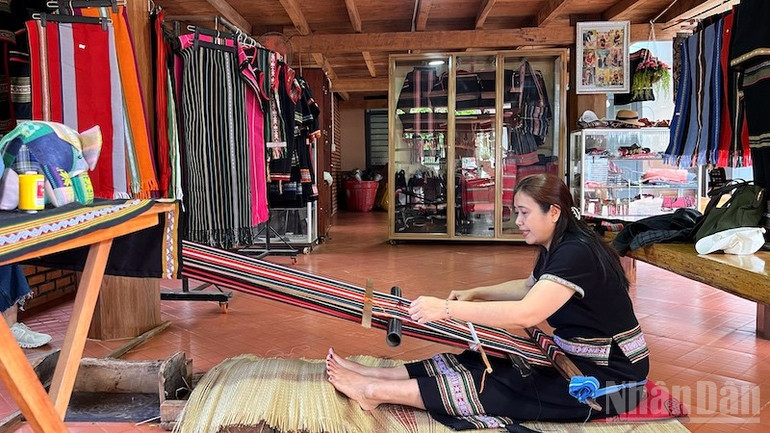
When night falls, the gong cultural space - a special heritage of the village in particular and the ethnic communities of the Central Highlands in general - becomes an unforgettable highlight. At Ama Pi's long house, visitors gather around the flickering fire, watching the performance recreating the sound of gongs mixed with folk songs and Ede epics.
The performing arts team gathered all the men, women, and children in the village, the youngest in their teens, the oldest over 80. Their feet were rhythmic, their hands were graceful, their brocade skirts fluttered with the movements, their faces were radiant in the rhythmic sound of gongs, creating a sacred yet intimate atmosphere. Visitors were also invited to drink sweet and fragrant rice wine, which is considered the “soul” of the Ede festival.
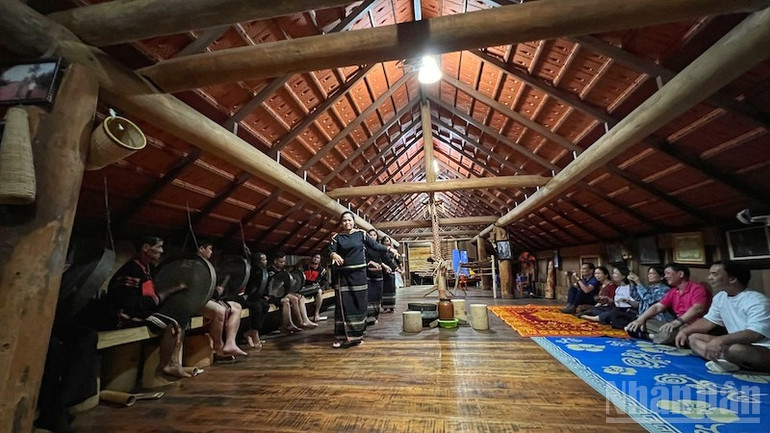
Leaving Ako Dhông, visitors can choose to buy local specialties as souvenirs or gifts for relatives, such as: roasted and ground coffee, cocoa powder, pepper, rice wine, dried meat, brocade, handicrafts...
With its convenient location, peaceful scenery and rich experiences, this Ede village promises to continue to be an attractive destination for tourists from all over the world who want to fully explore the life of the Central Highlands.
Source: https://nhandan.vn/trai-nghiem-van-hoa-e-de-voi-mot-ngay-o-buon-trong-long-pho-post926329.html



![[Photo] President Luong Cuong attends the 50th Anniversary of Laos National Day](/_next/image?url=https%3A%2F%2Fvphoto.vietnam.vn%2Fthumb%2F1200x675%2Fvietnam%2Fresource%2FIMAGE%2F2025%2F11%2F27%2F1764225638930_ndo_br_1-jpg.webp&w=3840&q=75)

![[Photo] Prime Minister Pham Minh Chinh chairs the 15th meeting of the Central Emulation and Reward Council](/_next/image?url=https%3A%2F%2Fvphoto.vietnam.vn%2Fthumb%2F1200x675%2Fvietnam%2Fresource%2FIMAGE%2F2025%2F11%2F27%2F1764245150205_dsc-1922-jpg.webp&w=3840&q=75)







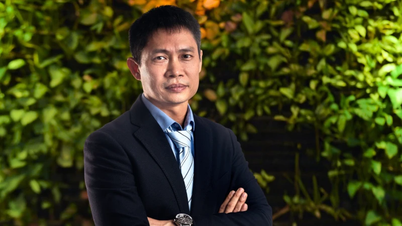

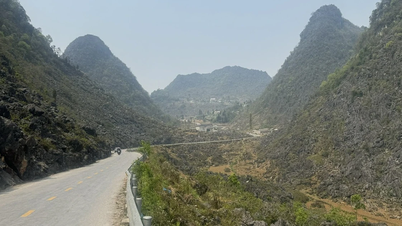




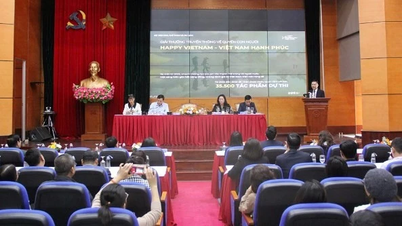


![[Video] Happy Vietnam Day 2025 will take place at Hoan Kiem Lake Walking Street](https://vphoto.vietnam.vn/thumb/402x226/vietnam/resource/IMAGE/2025/11/28/1764291951118_dung00-26-35-18still007-jpg.webp)
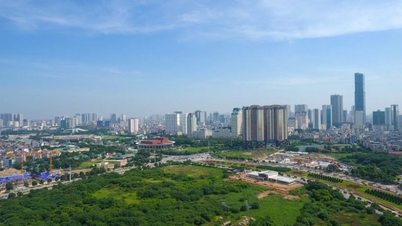

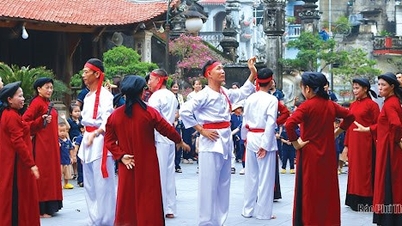

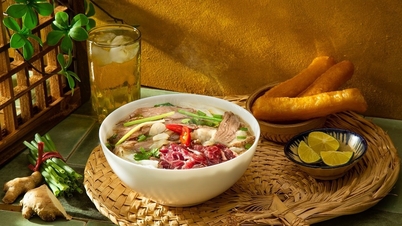




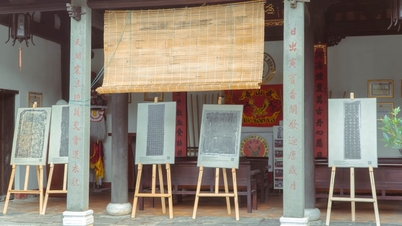


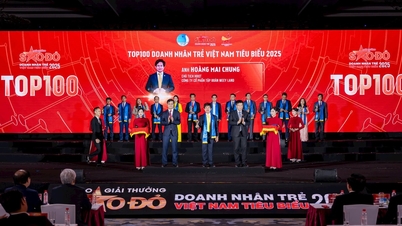





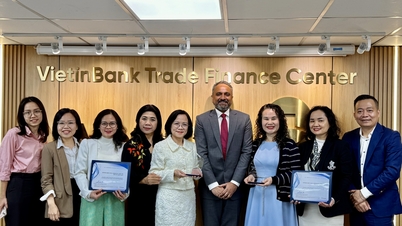





















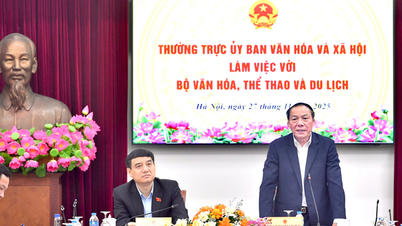






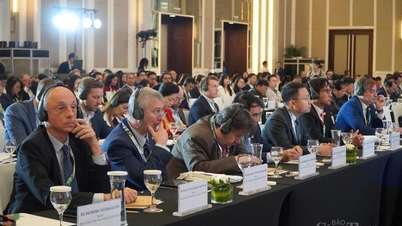



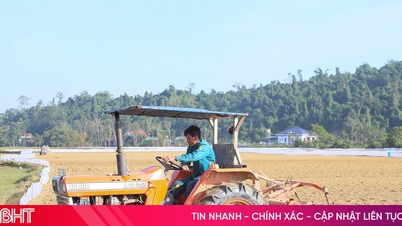

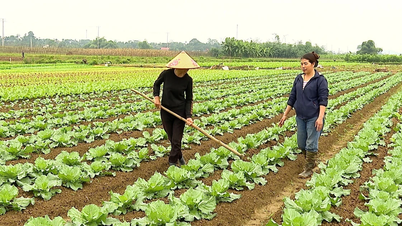


















Comment (0)